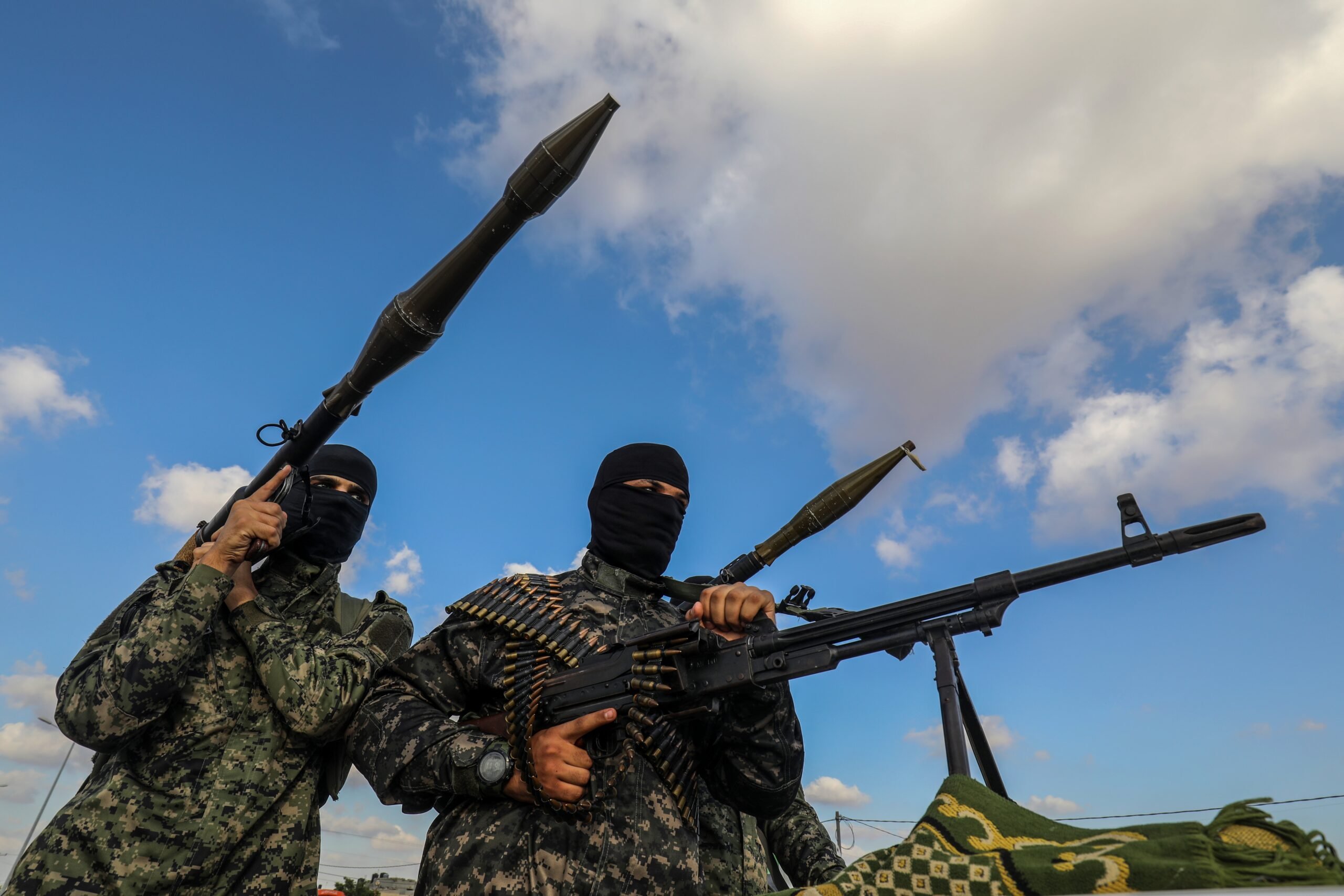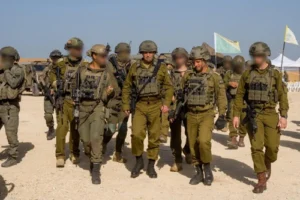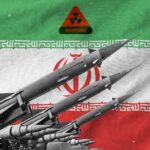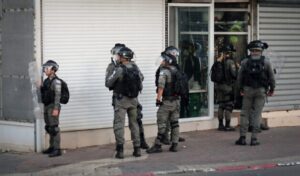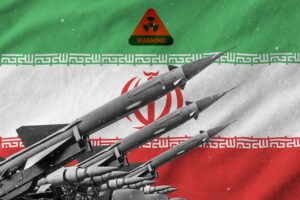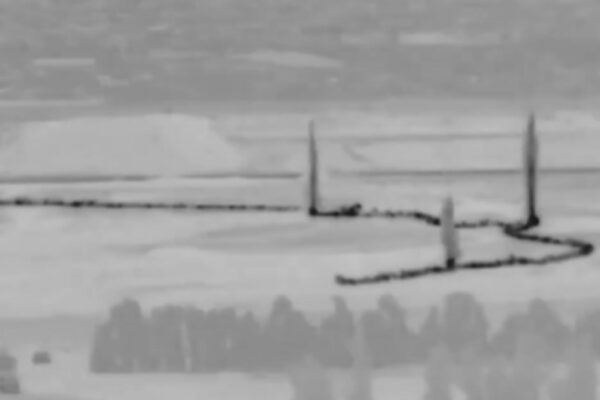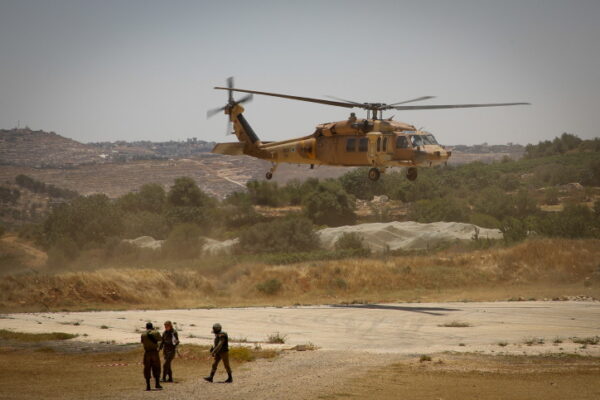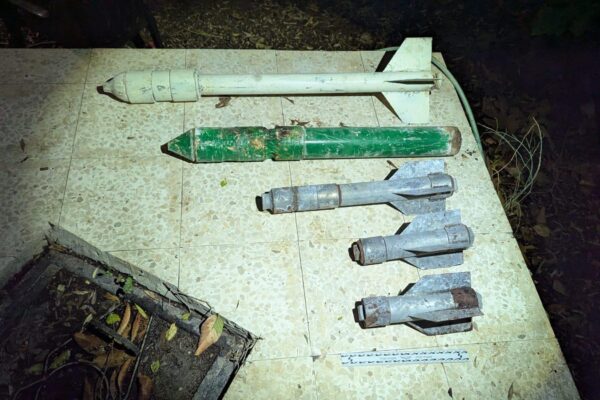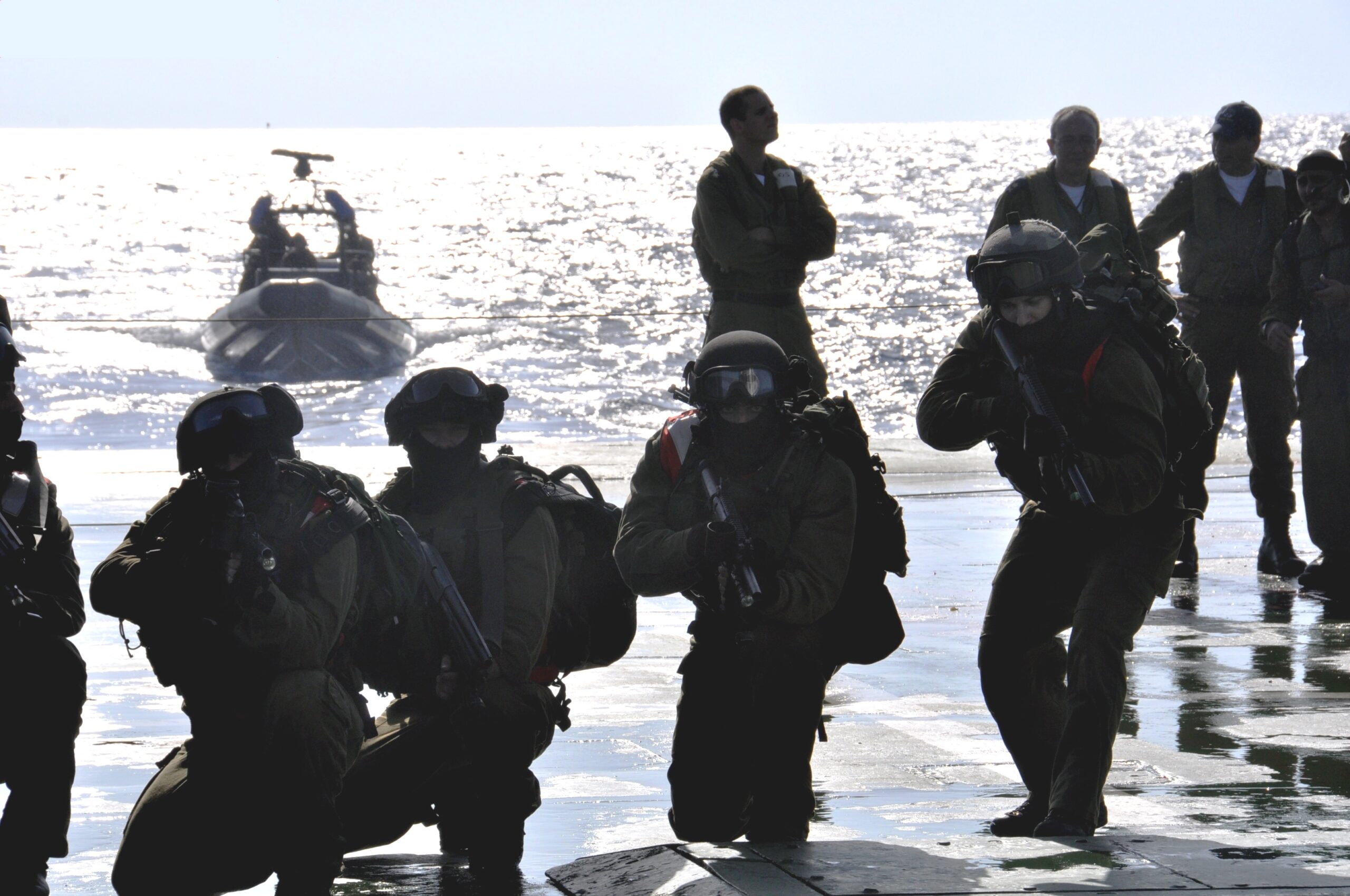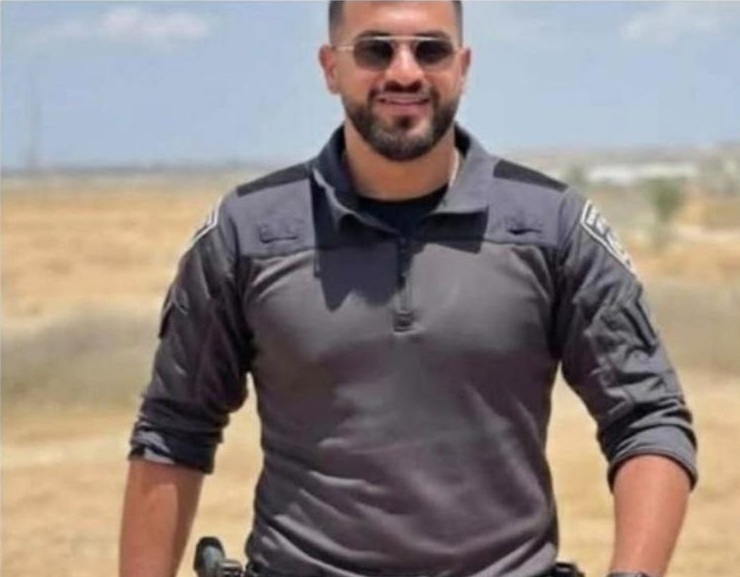The fight to dismantle Hamas and its axis of terror is far from over, but Israel’s resolve burns bright, fueled by a collective prayer for a future free of fear.
By Gila Isaacson, JFeed
For 600 days, Israel has waged a grueling campaign, military, diplomatic, and psychological, against an enemy that refuses to break.
Hamas’s Leadership Obliterated
Hamas has been gutted. Its top military commanders, Yahya Sinwar, Mohammed Deif, Marwan Issa, and Rafea Salama, have been eliminated by IDF strikes.
Mohammed Sinwar, Yahya’s brother, is believed to have been killed two weeks ago.
Only Izz al-Din al-Haddad, commander of the Gaza City Brigade, remains as the last senior military figure in Gaza.
Beyond the Strip, Hamas’s political leadership has also been shattered: Ismail Haniyeh was killed in Iran, and Saleh al-Arouri was taken out in Lebanon, operations that sent shockwaves through the Arab world.
Now, Khalil al-Hayya, Sinwar’s deputy, and Khaled Meshaal, operating from Qatar, lead ceasefire talks, navigating a crumbling empire from luxury hotels while Gazans plead for peace.
The Tunnels: Hamas’s Last Bastion
Despite its losses, Hamas clings to a formidable weapon: its sprawling underground city.
Sources cited in the London-based Al-Sharq Al-Awsat reveal that Hamas retains multiple tunnels, defensive, attack-oriented, command-and-control, and those holding hostages.
Before the war, the network spanned 1,300 tunnels over 500 kilometers, some plunging 70 meters deep.
Israel’s relentless operations across Gaza have failed to destroy them all, leaving Hamas with a strategic lifeline.
The group has also recruited new fighters and, according to unconfirmed reports, may be producing rockets using unexploded Israeli munitions, a “Hamas security secret” that points to its desperate ingenuity.
A Shattered Axis of Evil
Hamas’s allies in the so-called “axis of resistance” are faltering. Hezbollah’s influence in Lebanon has been crippled, with a new government and president demanding limits on non-state weapons.
In Syria, Bashar al-Assad’s regime has collapsed. In Judea and Samaria, cities like Jenin have become easier for the IDF to navigate militarily.
Iraq, a source of threats, has seen no direct Israeli response, likely due to U.S. pressure.
Only Yemen’s Houthi rebels keep the fight alive, disrupting maritime trade with missile attacks, as seen in the May 4, 2025, strike on Ben Gurion Airport that deepened Israel’s aviation crisis.
Hope Amid Desperation
In a dramatic shift, Hamas is showing signs of flexibility in hostage negotiations.
Once insistent on a complete end to the war, the group now considers a 70-day temporary ceasefire and, per Lebanon’s Al-Mayadeen, may relinquish control of Gaza if Palestinian factions agree.
It’s even open to a deal barring new weapons development or smuggling while keeping its current arsenal, as reported by Walla.
Meanwhile, public calls for a ceasefire grow louder in Gaza, where Hamas’s grip on food and water distribution is being challenged by Israel’s new direct-aid model.
After 600 days, the nation’s soul aches for those still captive, some for rehabilitation, others for burial.
The fight to dismantle Hamas and its axis of terror is far from over, but Israel’s resolve burns bright, fueled by a collective prayer for a future free of fear.


